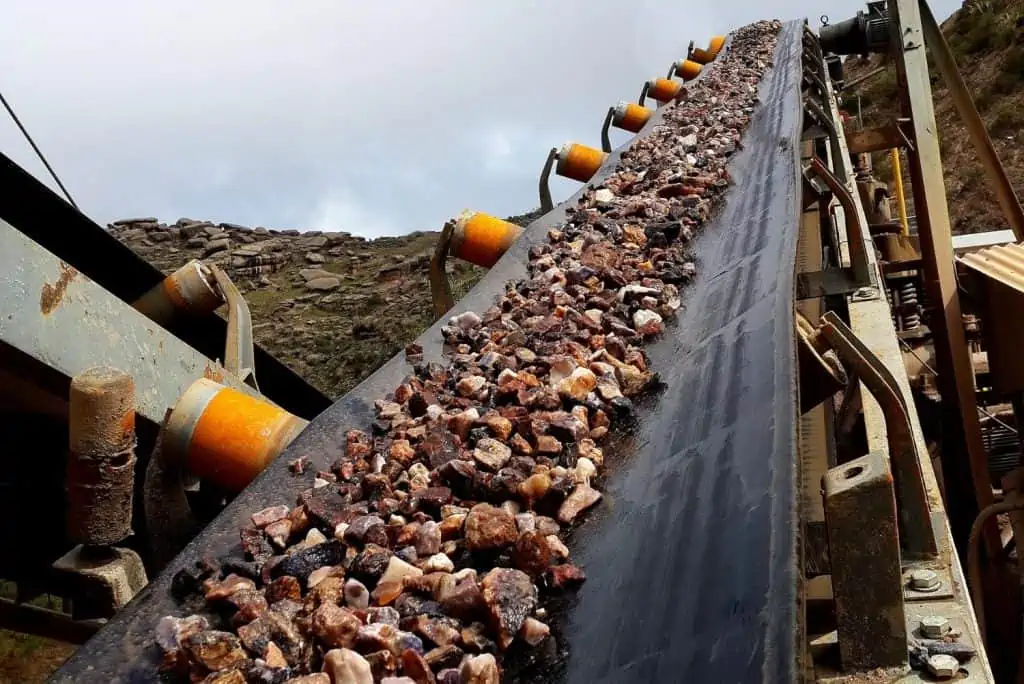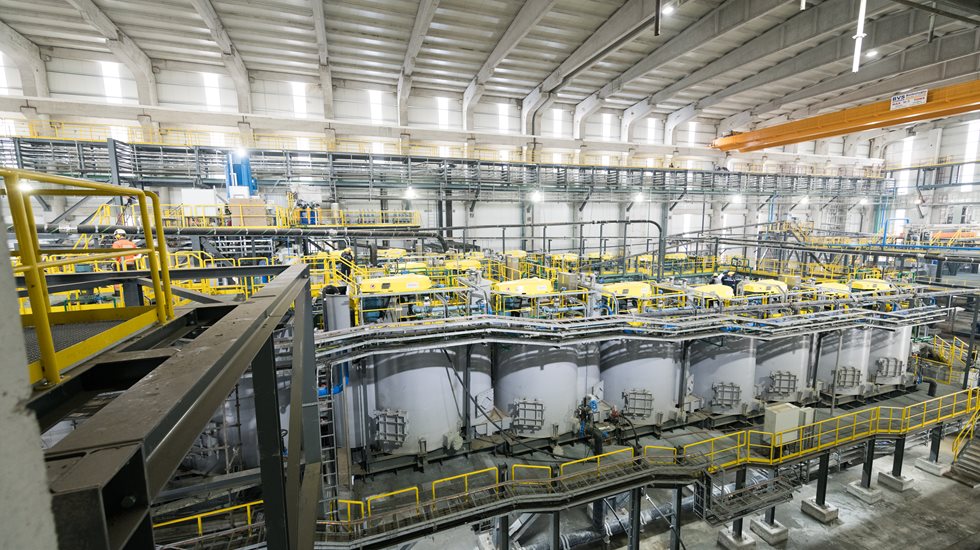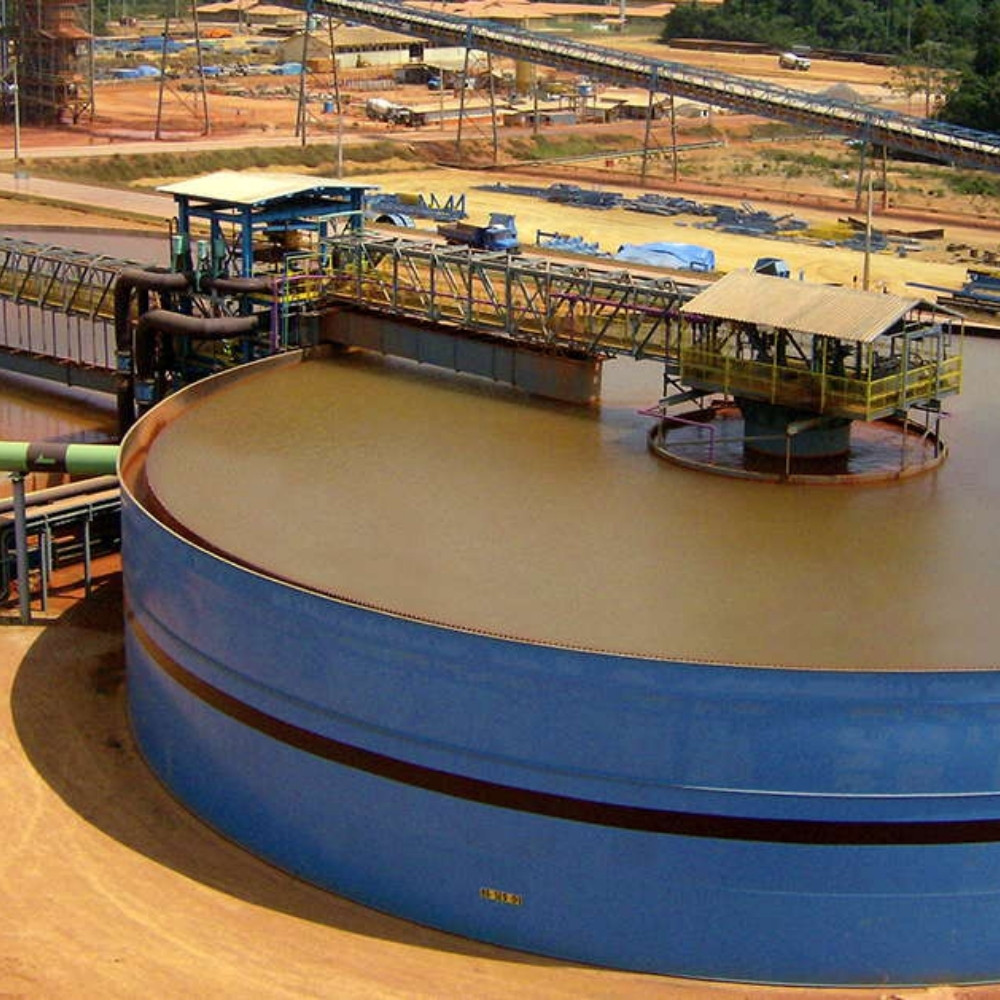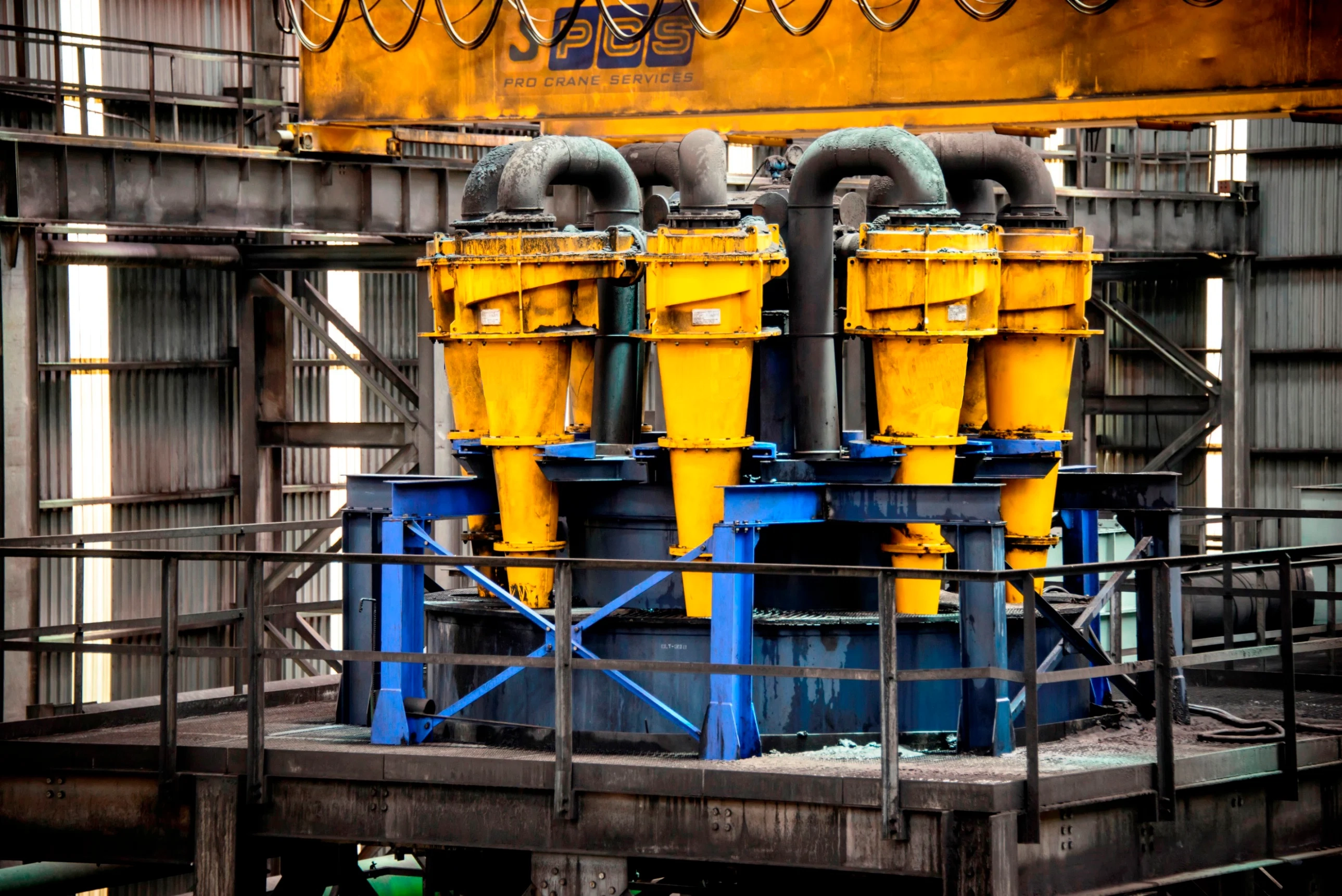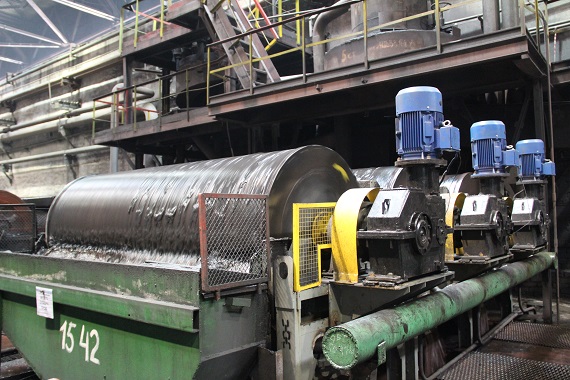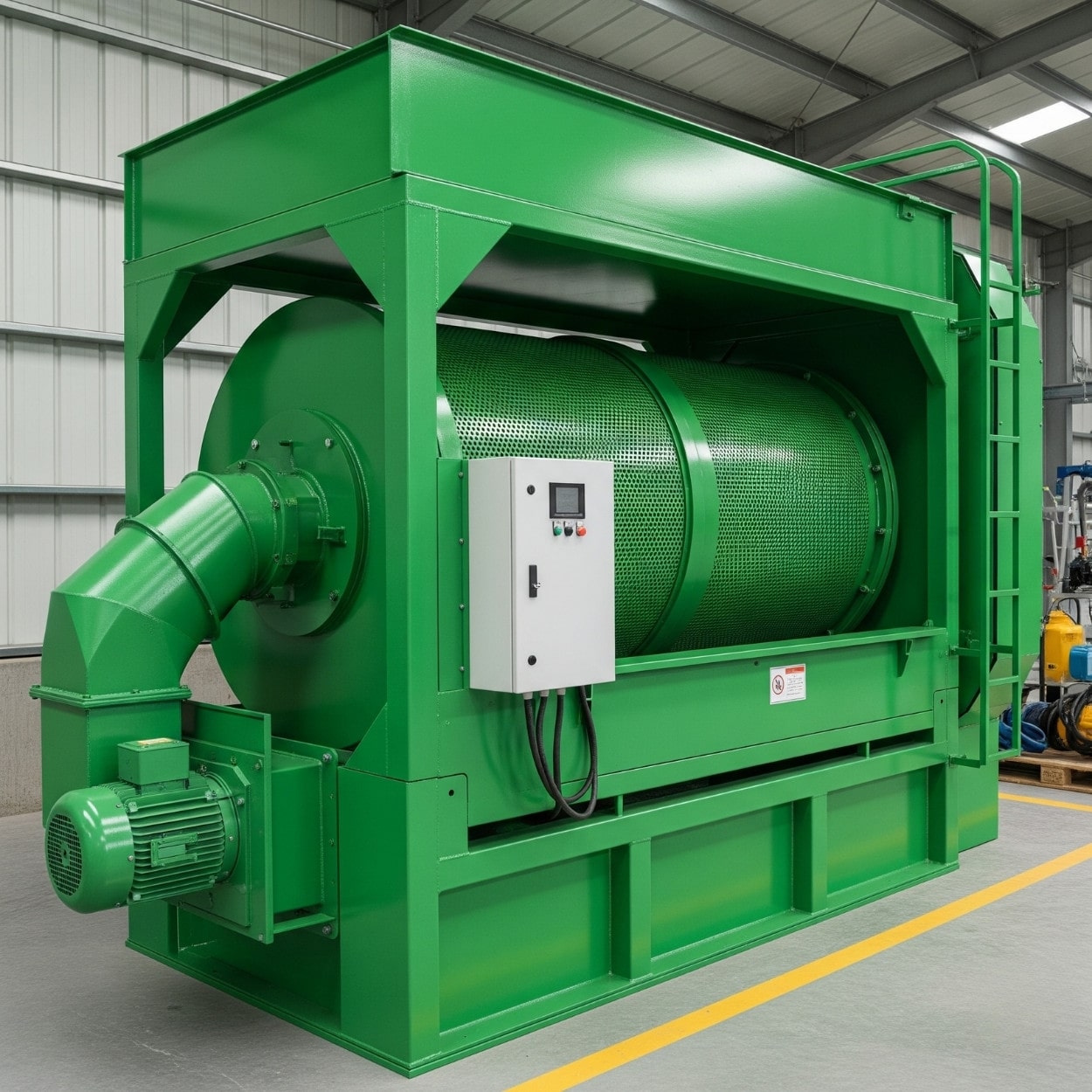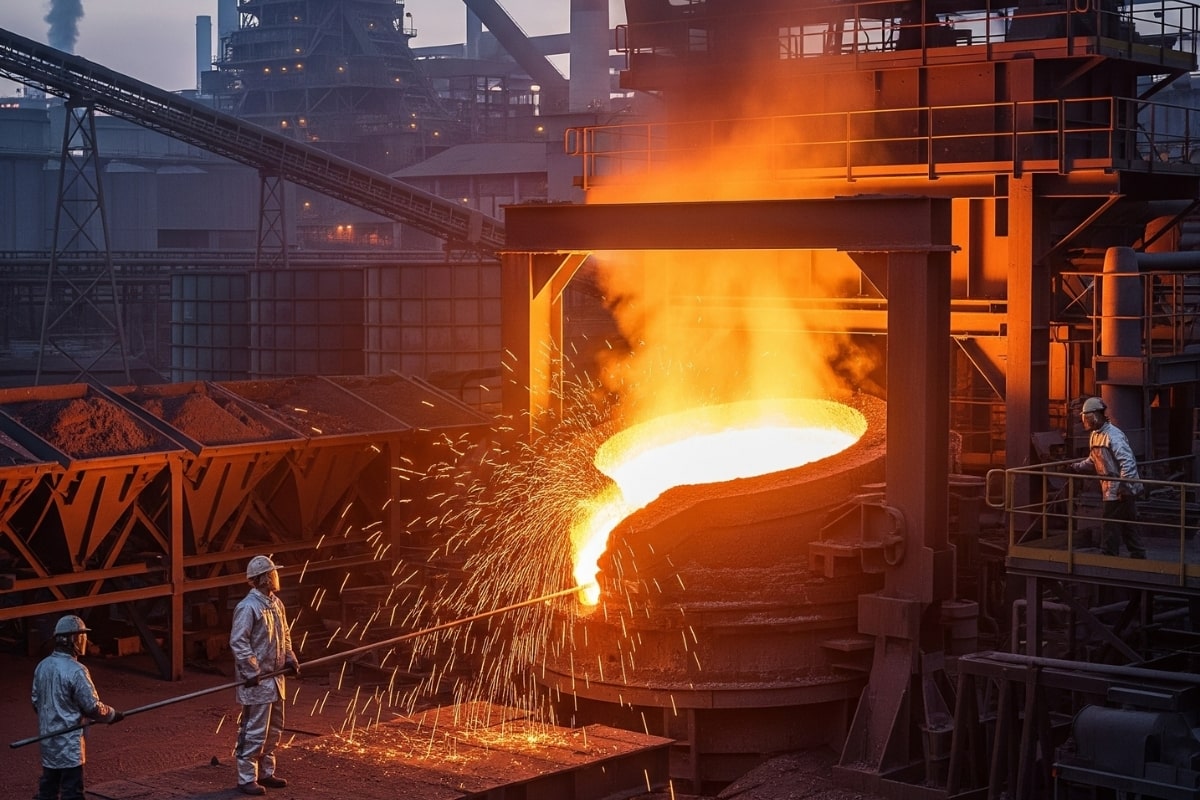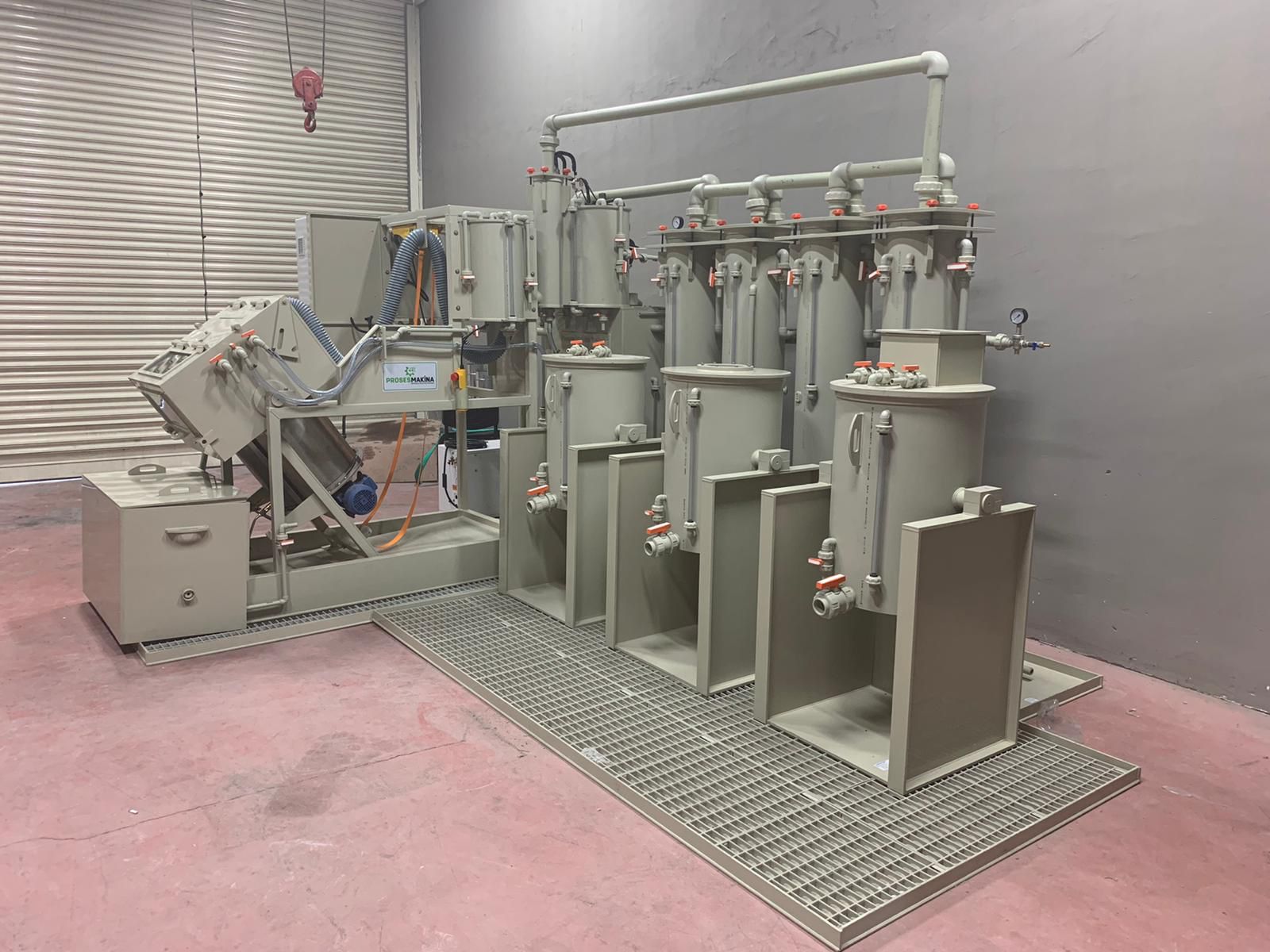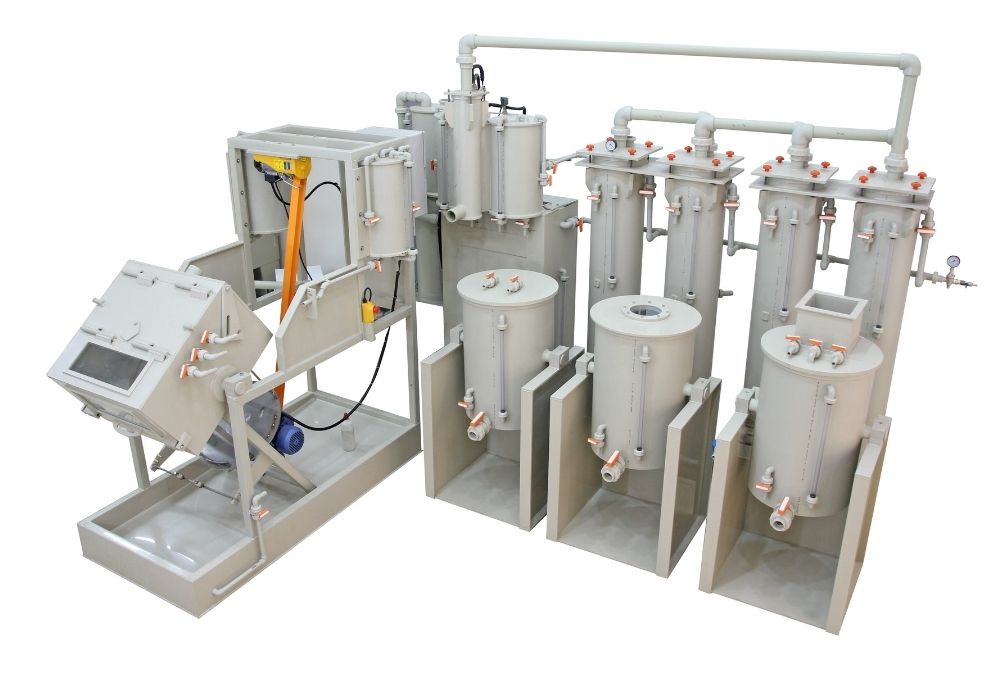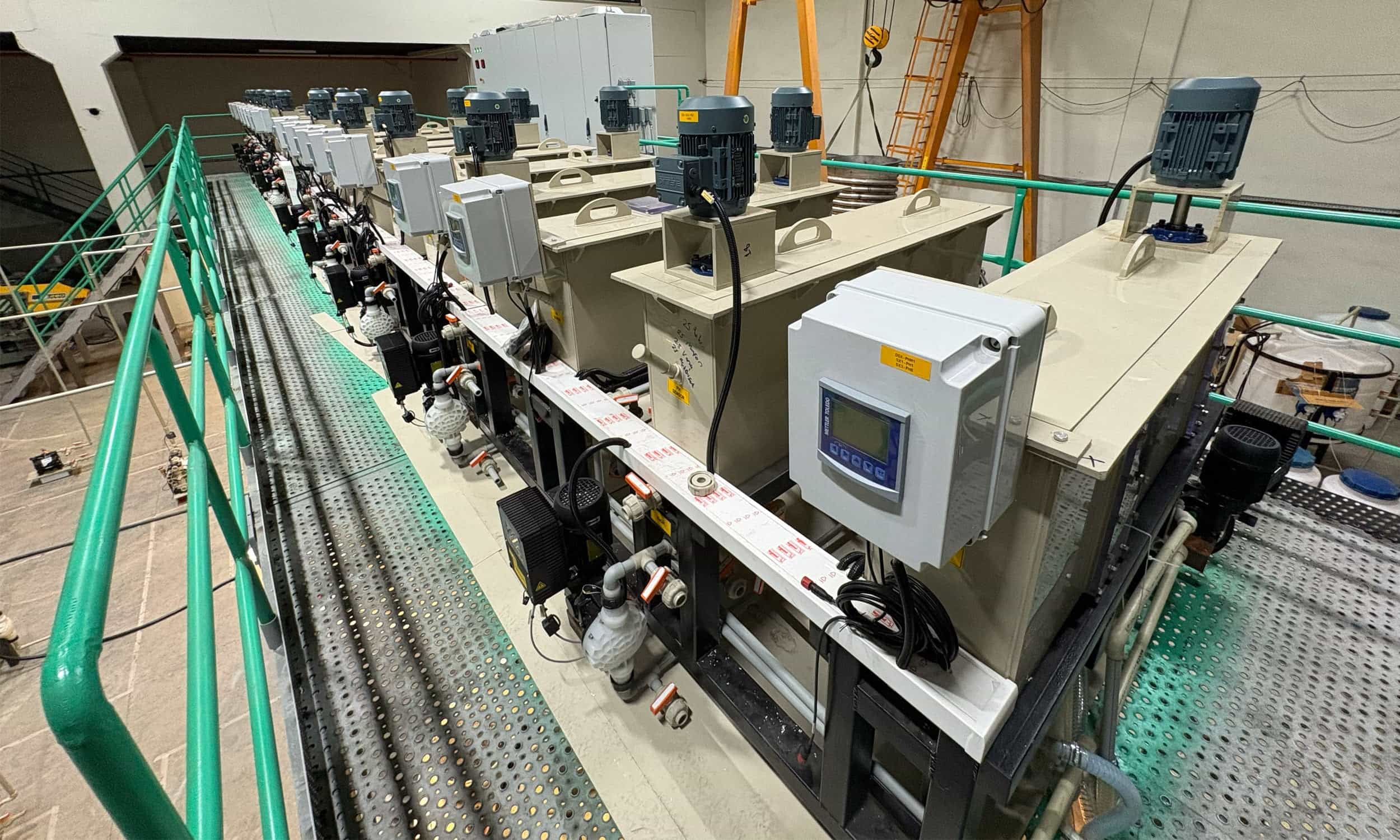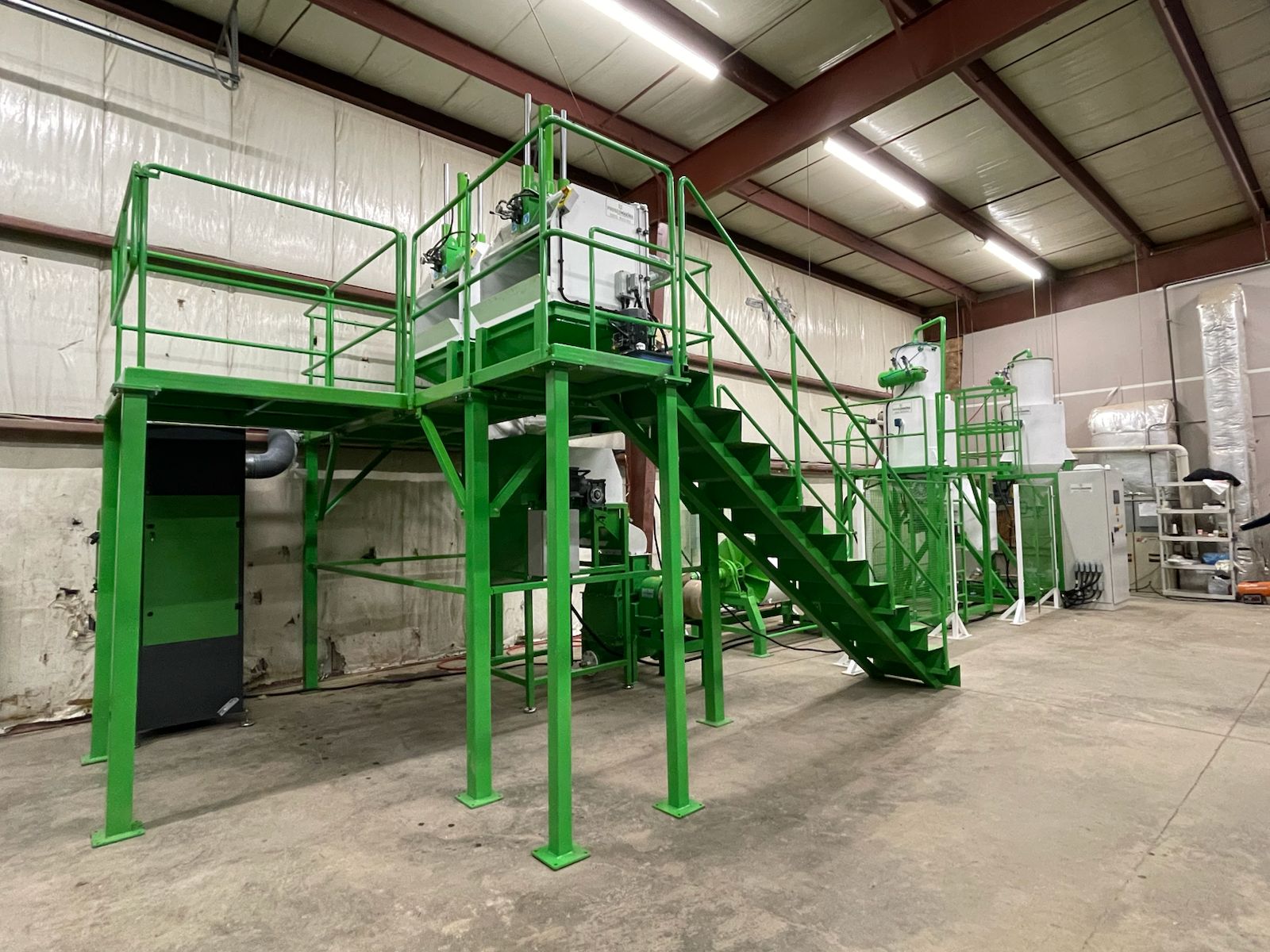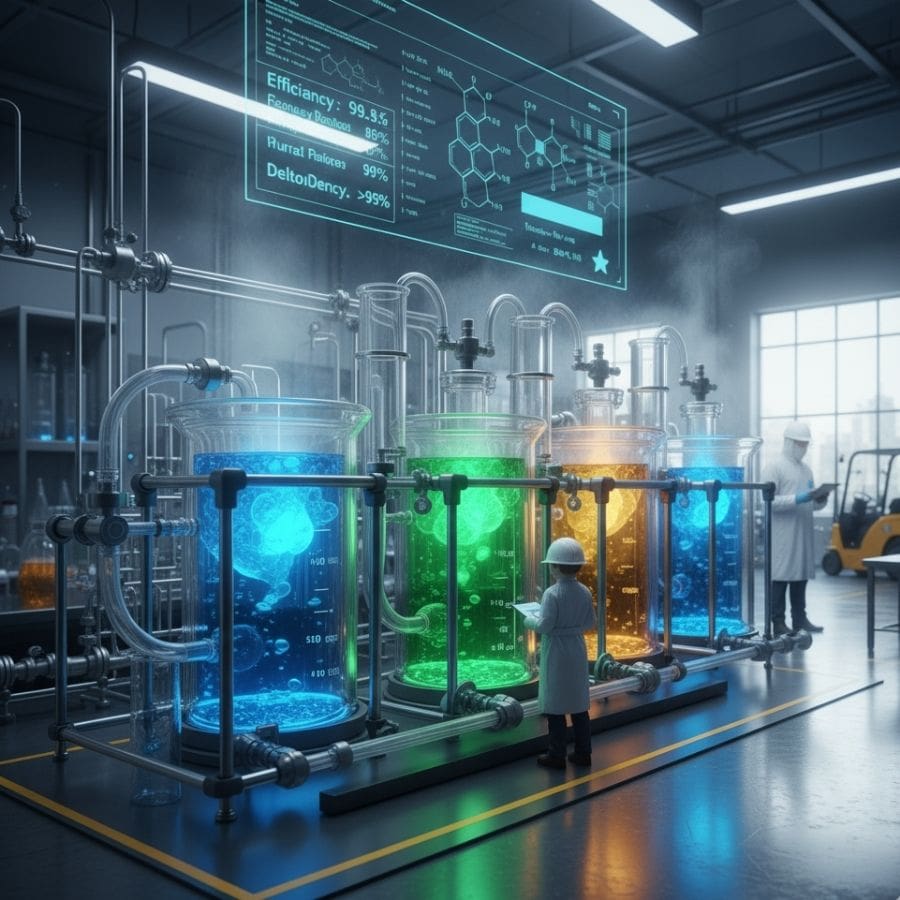In today s rapidly evolving technological landscape, lithium ion batteries are pivotal to powering our electronic devices and electric vehicles. However, the increasing demand for these batteries has raised significant concerns regarding their end-of-life management. Recycling lithium-ion batteries is crucial not only for environmental sustainability but also for recovering valuable materials. Enter hydrometallurgical processes, a revolutionary approach that enhances recycling efficiency. This article explores the importance of lithium-ion battery recycling, delves into the hydrometallurgical techniques that optimize recovery, and provides a comparative analysis of various recycling methods. Through illuminating case studies and actionable steps to initiate hydrometallurgical recycling, we aim to highlight not just the necessity but the potential of these innovative processes in reshaping the battery recycling landscape. Join us as we navigate the pathways to a more sustainable future in lithium-ion battery recycling.Explore the significance of lithium-ion battery recycling, hydrometallurgical methods, efficiency steps, and successful case studies for sustainable practices.
Hydrometallurgical Processes That Increase Efficiency in Lithium-Ion Battery Recycling
The surge in electric vehicle production and portable electronics usage has led to a significant increase in the demand for lithium-ion batteries. As these batteries reach the end of their life cycle, effective recycling becomes crucial to minimize environmental impacts and recover valuable materials. The importance of lithium-ion battery recycling cannot be overstated, as it plays a vital role in sustainable resource management.
Firstly, recycling lithium-ion batteries helps conserve natural resources. The extraction of lithium, cobalt, nickel, and other metals required for battery manufacturing is often associated with harmful environmental consequences. By engaging in effective recycling practices, the need for new raw materials is reduced, promoting a circular economy.
Secondly, the recycling process significantly mitigates hazardous waste. Lithium-ion batteries contain toxic substances that, if improperly disposed of, can lead to soil and water contamination. Implementing hydrometallurgical processes that increase efficiency in lithium-ion battery recycling not only ensures that these hazardous materials are safely managed but also allows for their recovery, promoting environmental safety.
Moreover, the economic benefits of recycling lithium-ion batteries are noteworthy. The reclaimed materials can be reused in new battery production or other industries, reducing costs for manufacturers and promoting job creation in the recycling sector. The adoption of efficient recycling methods is essential for meeting the growing demand for batteries in a cost-effective manner.
As regulations around battery disposal tighten globally, businesses and consumers alike are increasingly recognizing the need for sustainable practices. Engaging with advanced recycling methods, such as hydrometallurgy, positions companies as responsible actors in the market, appealing to environmentally conscious consumers.
Lithium-ion battery recycling is not just a technical requirement, but a critical component of sustainable development. Through hydrometallurgical processes that increase efficiency in lithium-ion battery recycling, we can unlock economic, environmental, and regulatory benefits that support the transition towards a greener future.
Overview Of Hydrometallurgical Processes In Recycling
Hydrometallurgical processes play a pivotal role in the recycling of lithium-ion batteries, offering a sustainable solution to manage waste and recover valuable materials. These processes utilize aqueous chemistry to selectively extract metals from spent batteries, ensuring minimal environmental impact compared to traditional pyrometallurgical methods. By employing solutions such as acids or bases, hydrometallurgy allows for precise separation and purification of metals like lithium, cobalt, and nickel.
One significant advantage of hydrometallurgical processes is their efficiency in recovering high-purity materials. The methodologies involved, including leaching, precipitation, and solvent extraction, maximize the yield of valuable metals while reducing the energy consumption associated with battery recycling. As the demand for electric vehicles and renewable energy storage systems rises, these processes become increasingly vital.
Moreover, the adoption of hydrometallurgical processes is supported by advancements in technology, which have led to improved process control and optimization. This enhancement ensures that the recovery rates are not only higher but also faster compared to traditional methods. As we work towards a circular economy, implementing hydrometallurgical processes that increase efficiency in lithium-ion battery recycling is essential for minimizing waste and promoting sustainable practices.
Choosing hydrometallurgical systems for battery recycling aligns with ethical and environmental responsibilities, making it a favorable option for businesses looking to invest in innovative recycling solutions. By prioritizing these processes, industries can contribute significantly to a sustainable future while reclaiming valuable resources from spent batteries.
Key Steps In Hydrometallurgical Processes That Increase Efficiency
The efficiency of lithium-ion battery recycling through hydrometallurgical processes is significantly enhanced by several key steps. These steps focus on optimizing the extraction and recovery of valuable materials while minimizing waste and environmental impact. Here are the primary stages involved:
- Pre-treatment: Prior to hydrometallurgical processes, the batteries undergo pre-treatment to safely dismantle and categorize the battery components. This initial step reduces contamination and ensures that the subsequent processes are more efficient.
- Leaching: The next phase involves leaching, wherein the crushed battery material is treated with a suitable solvent to dissolve the desired metals. By selecting optimal leaching agents and conditions, the efficiency of metal recovery improves significantly.
- Separation: After leaching, the resulting solution contains various metals. Separation techniques, such as solvent extraction and precipitation, are employed to isolate specific metals like lithium, cobalt, and nickel. This purification step is crucial for increasing the quality of recovered materials.
- Recovery: Following separation, metals are recovered in their pure form. This can be achieved through processes like electrowinning or crystallization, which yield high-purity metals that can be reused in manufacturing new batteries.
- Water Management: Efficient water usage and recycling are vital throughout the hydrometallurgical process. Implementing closed-loop systems minimizes water waste and enhances the sustainability of the process.
- Waste Management: Managing by-products from the hydrometallurgical processes is essential for environmental compliance. Developing methods to treat and recycle these by-products contributes to the overall effectiveness of lithium-ion battery recycling.
These steps illustrate how hydrometallurgical processes that increase efficiency in lithium-ion battery recycling can contribute to a more sustainable recycling industry. By focusing on these critical components, recyclers can achieve better material recovery rates, proving the value of these modern recycling methods.
Comparative Analysis Of Recycling Methods For Lithium-Ion Batteries
In the realm of lithium-ion battery recycling, various methods exist to recover valuable materials. Among these, hydrometallurgical processes that increase efficiency in lithium-ion battery recycling stand out due to their ability to selectively extract metals while minimizing environmental impact. This method typically contrasts with pyrometallurgical processes, which involve high-temperature treatments that can lead to energy-intensive operations and greater emissions.
Hydrometallurgical processes employ aqueous solutions to dissolve metals from battery waste, making the recovery process more efficient and less harmful. This is particularly beneficial when recycling lithium, cobalt, and nickel due to the easier separation that can be achieved. In comparison to mechanical and thermal processes, hydrometallurgy not only enhances recovery rates but also consumes less energy throughout the recycling cycle.
An analysis indicates that while mechanical processes can be effective in initial segregation, they often fall short in the recovery of lithium and other critical elements. Conversely, hydrometallurgical processes that increase efficiency in lithium-ion battery recycling have shown superior performance in extracting these essential materials, reinforcing their role as a vital component of sustainable battery lifecycle management.
The choice of recycling method hinges on several factors, including material recovery rates, environmental impact, and economic feasibility. Therefore, embracing hydrometallurgy not only supports the efficient recovery of valuable metals but also contributes to a circular economy, promoting sustainable practices in the ever-growing battery market.
Case Studies On Successful Hydrometallurgical Implementations
Hydrometallurgical processes have proven to be effective in the recycling of lithium-ion batteries, showcasing significant improvements in recovery rates and overall efficiency. Below are some notable case studies that highlight successful implementations of these processes:
1. Company X: Maximizing Lithium Recovery
Company X implemented a hydrometallurgical process aimed at enhancing the recovery of lithium from spent batteries. By utilizing a combination of leaching and solvent extraction techniques, they reported a remarkable lithium recovery rate of over 95%. This success not only reduced waste but also reinforced the economic viability of battery recycling.
2. Company Y: Reducing Environmental Impact
In another case, Company Y focused on minimizing the environmental impact associated with lithium-ion battery recycling. Through innovative hydrometallurgical methods, they developed a closed-loop system that recycles water and minimizes chemical waste. This initiative not only improved efficiency but also positioned them as a leader in sustainable battery recycling practices.
3. Company Z: Pioneering New Technologies
Company Z ventured into a cutting-edge research project aimed at refining hydrometallurgical processes. Their approach involved modifying traditional leaching solutions to enhance the extraction of other valuable materials like cobalt and nickel alongside lithium. The positive results have encouraged further investment in hydrometallurgical methods, reflecting potential growth in the recycling sector.
These case studies illustrate how Hydrometallurgical Processes That Increase Efficiency in Lithium-Ion Battery Recycling can lead to enhanced material recovery, reduced environmental footprints, and greater economic returns. By adopting such successful strategies, businesses can significantly elevate their recycling operations, ensuring a more sustainable future for lithium-ion batteries.
Essential Steps To Get Started With Hydrometallurgical Recycling
To effectively implement hydrometallurgical processes that increase efficiency in lithium-ion battery recycling, it is crucial to follow a systematic approach. Begin by conducting a comprehensive assessment of the types and quantities of lithium-ion batteries available for recycling. This step not only helps in determining the feasibility of the process but also allows for better planning of necessary resources and technology.
Next, invest in appropriate hydrometallurgical technology. Selecting the right equipment, such as crushers, leaching tanks, and separation units, is vital. This technology should align with the specific types of materials being recycled and the desired outcomes, ensuring optimum efficiency in the recovery of valuable metals.
Once the infrastructure is in place, focus on establishing a meticulous operational protocol. This includes defining parameters such as temperature, pH levels, and reaction times, which are critical in maximizing recovery rates. Continuous monitoring and adjustments based on real-time data can further enhance system performance.
Engage in training for your workforce. Skilled personnel who understand the intricacies of hydrometallurgical processes will ensure that the recycling operation runs smoothly and efficiently. With knowledgeable team members, adherence to protocols, and the right technology, your recycling efforts will thrive in sustainability and profitability.

